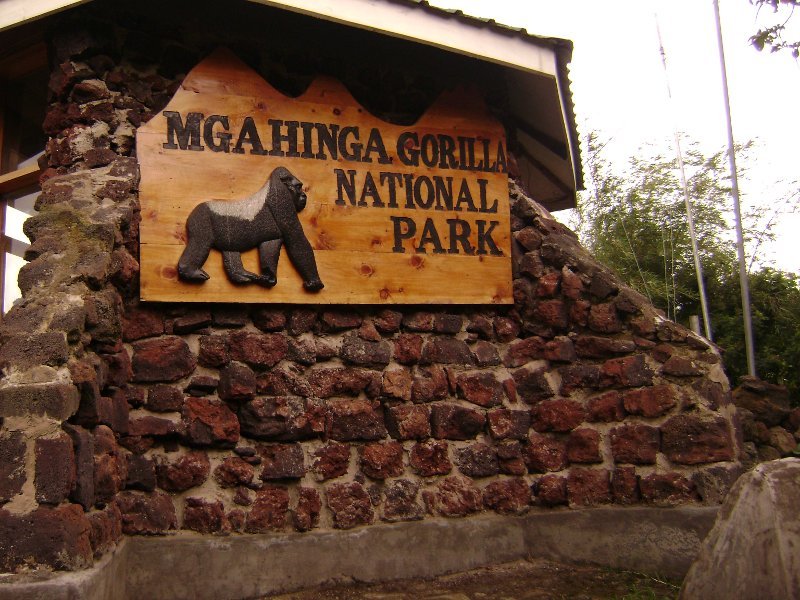Fort Jesus in Mombasa-Kenya informative safari guide
Fort Jesus is one of the historical places that still show us what existed in past ages. Step up! Let’s go to see, learn and visualize what transpired here. You will automatically connect with what you didn’t witness physically in the past. This historical and most valued museum gives you an opportunity to integrate the past with the present. You will be amazed with what is embedded in this site, all well directed to bring the past nearer to the future. For you to get here while on your intended safari to Africa, contact us at Jewel Safaris and we assure you that our team will make for you the best package and create a memorable experience while in any destination in East Africa. Apparently, this 16th-century fort and now gazetted UNESCO World Heritage is one of “Mombasa’s most visited site.” Oh Yes! The meter-thick walls, frescoed interiors, traces of European graffiti, Arabic inscriptions and Swahili embellishment aren’t just evocative, they are a palimpsest of Mombasa’s history and the coast writ in stone. You can climb to the battlements and explore its tree-shaded grounds.History of Fort Jesus in Mombasa.
Fort Jesus was built by the Portuguese in the year 1593 for divergent rationales that included: to serve as a symbol as well as the headquarters of their permanent presence in this corner of the Indian Ocean. It was ironic that the construction of the fort marked the beginning of the end of local Portuguese hegemony. The fort changed hands at least nine times between 1631 and early 1870s among Portuguese sailors, Omani soldiers and Swahili rebellions until it finally fell under British control and was used as a jail. It opened as a museum in 1960.The fort was the final project completed by Giovanni Battista Cairati, whose buildings can be found throughout Portugal’s eastern colonies, from Old Goa to Old Mombasa. The building is an opus of pure military design – assuming the structure was well manned, it would have been impossible to approach its walls without falling under the cone of interlocking fields of fire.

Within the fort’s compound, the Mazrui Hall, where flowery spirals fade across a wall topped with wooden lintels left by the Omani Arabs, is worthy of note. In another room are Portuguese sailors’ graffiti that illustrates the multicultural naval identity of the Indian ocean, leaving walls covered with four-pointed European frigates, three-pointed Arabic dhows and the coir-sewn ‘camels of the ocean’: the elegant Swahili mtepe (traditional sailing vessel).



